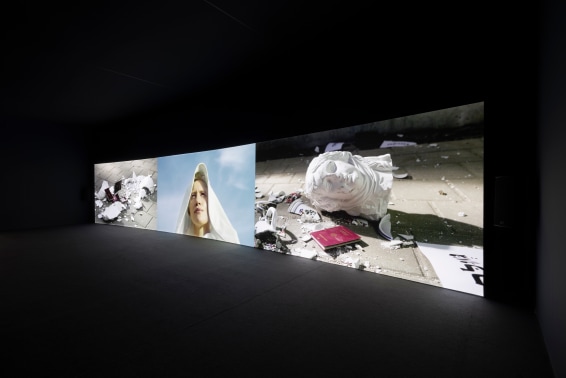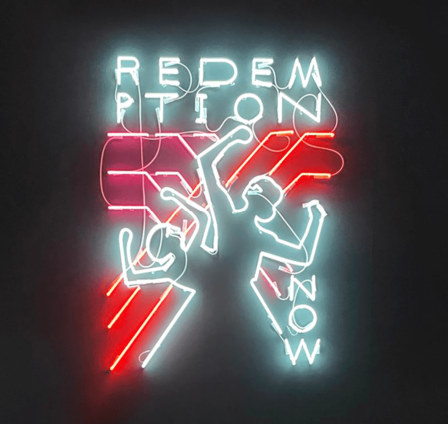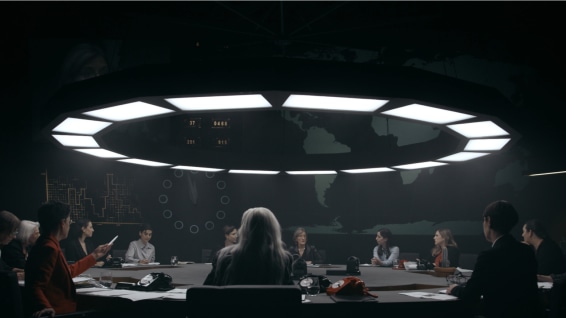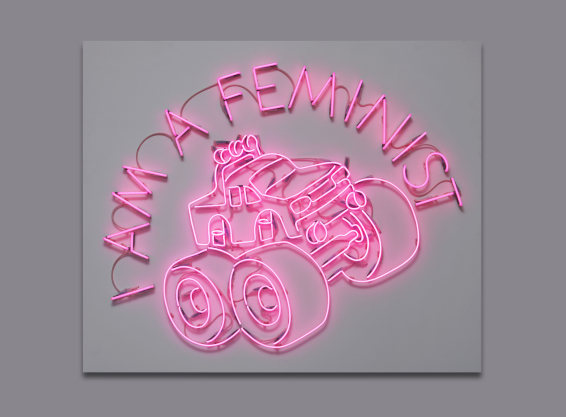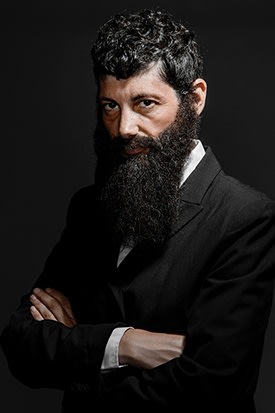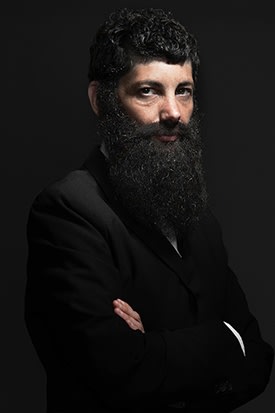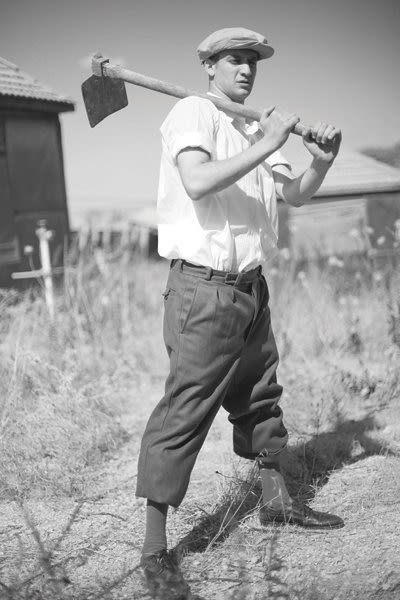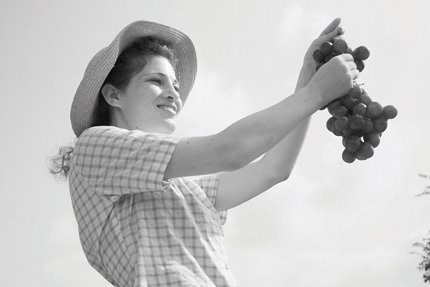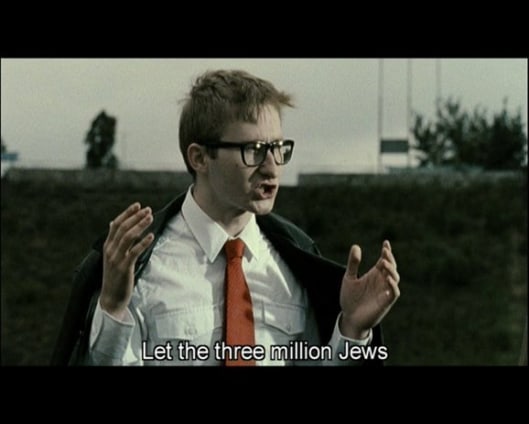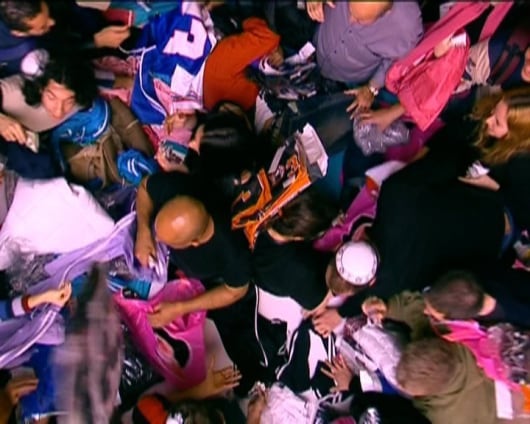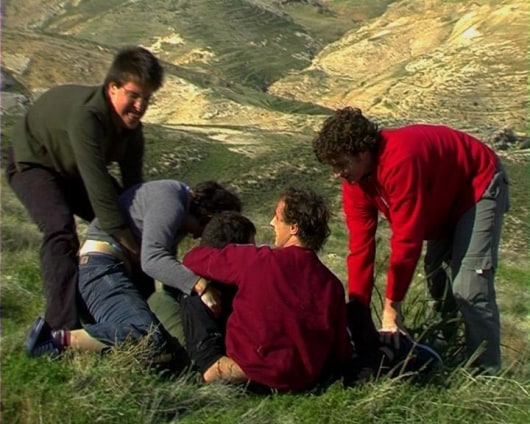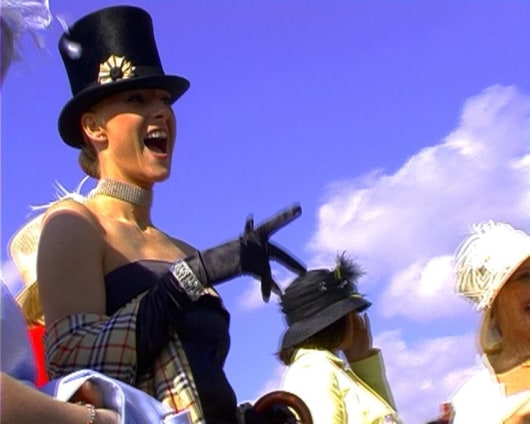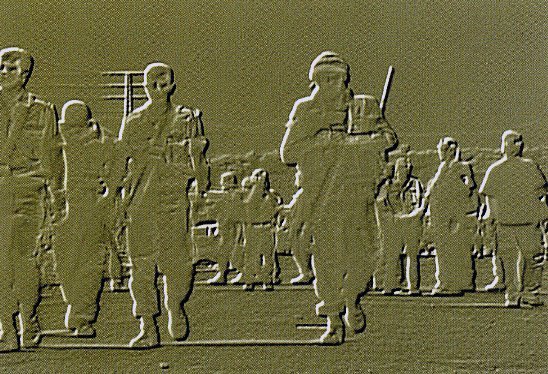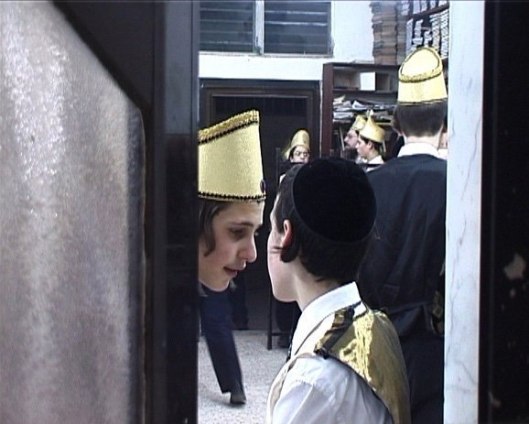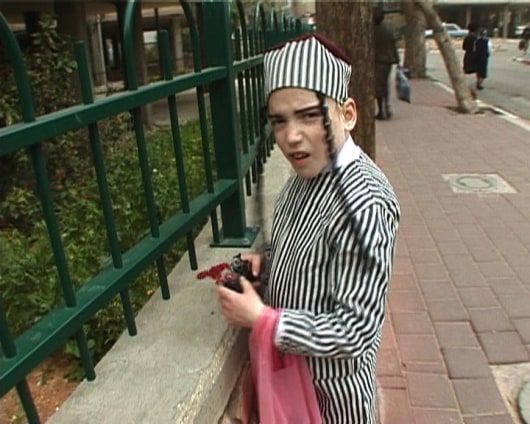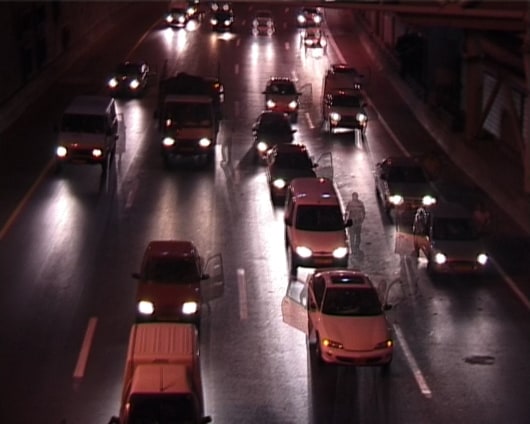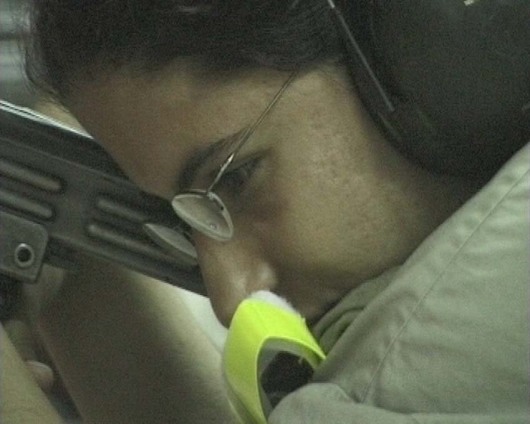-
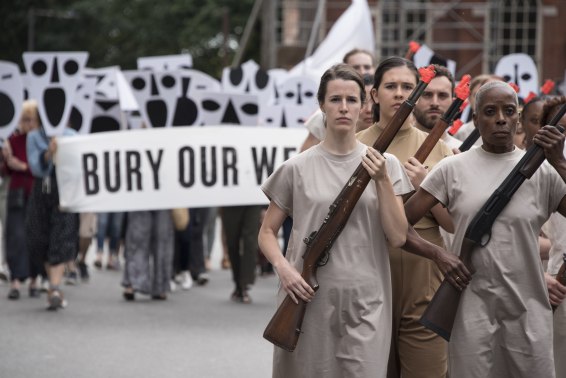 The Undertaker, 2019
The Undertaker, 2019
-
 Patriarchy is History, 2019
Patriarchy is History, 2019
-
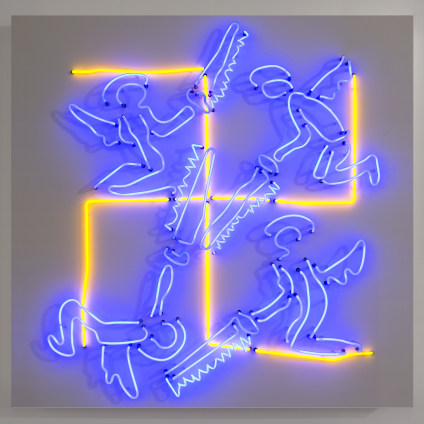 Four Angels (Homage to Max Adolph Warburg), 2019
Four Angels (Homage to Max Adolph Warburg), 2019
-
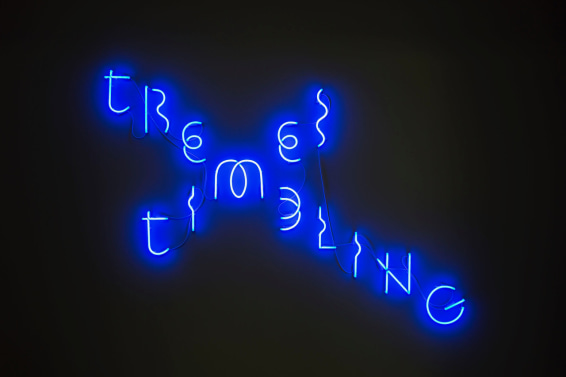 Trembling Times, 2017
Trembling Times, 2017
-
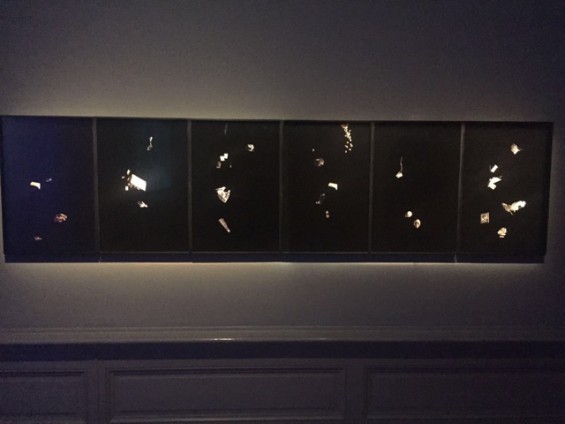 Cast Off (1-6), 2017
Cast Off (1-6), 2017
-
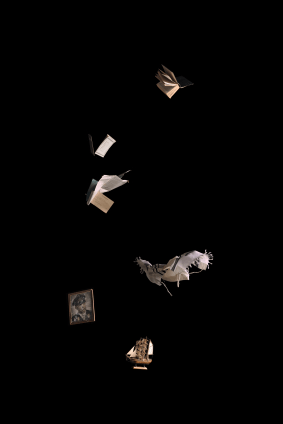 Tashlikh (Cast Off) #2, 2017
Tashlikh (Cast Off) #2, 2017
-
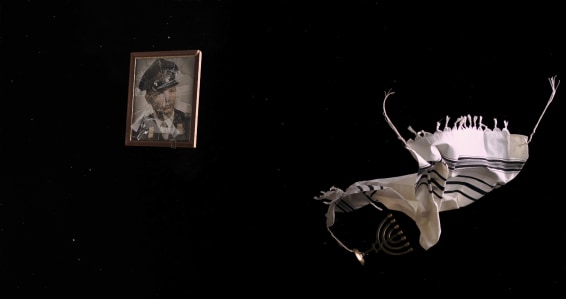 Tashlikh (Cast Off ), 2017
Tashlikh (Cast Off ), 2017
-
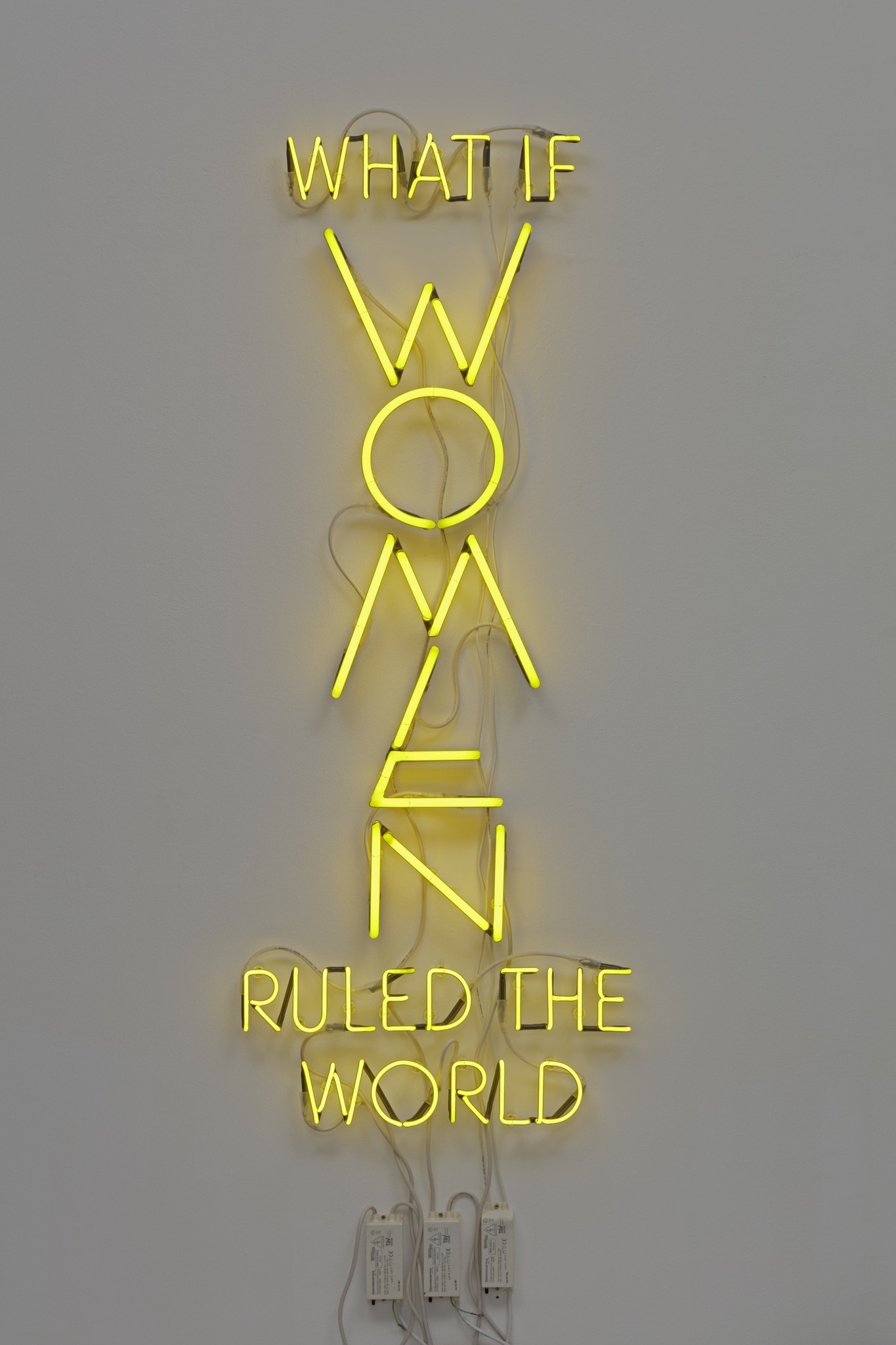 What If Women Ruled the World, 2016
What If Women Ruled the World, 2016
-
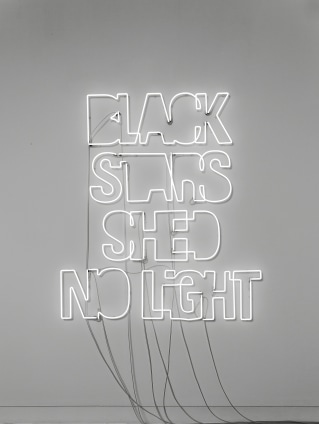 Black Stars Shed No Light, 2014
Black Stars Shed No Light, 2014
-
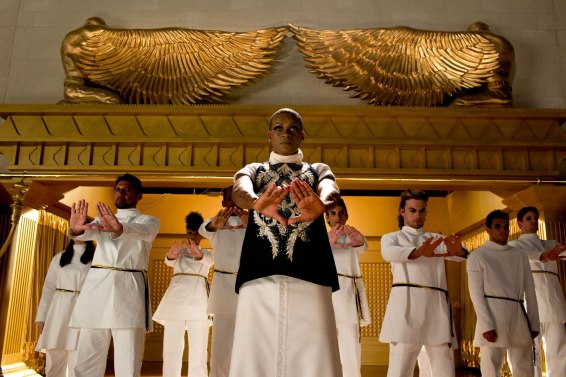 Inferno, 2014
Inferno, 2014
-
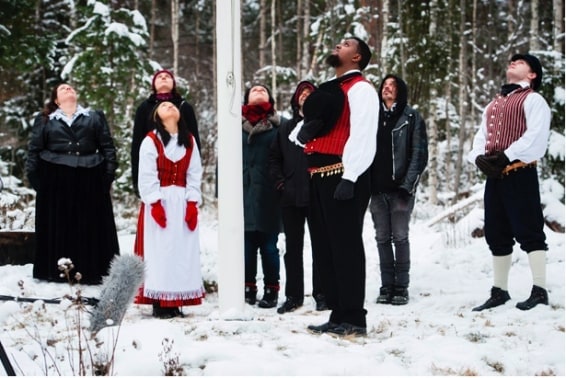 True Finn – Tosi suomalainen, 2014
True Finn – Tosi suomalainen, 2014
-
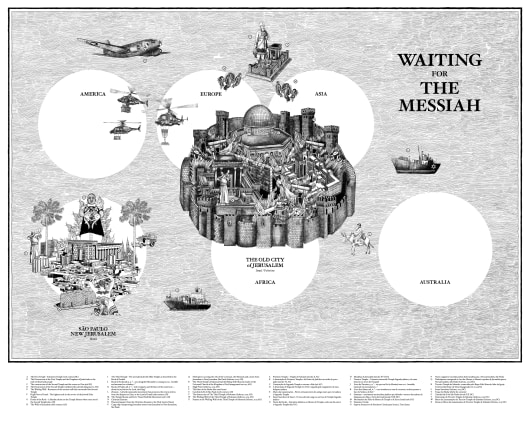 Inferno (waiting for Messiah), 2014
Inferno (waiting for Messiah), 2014
-
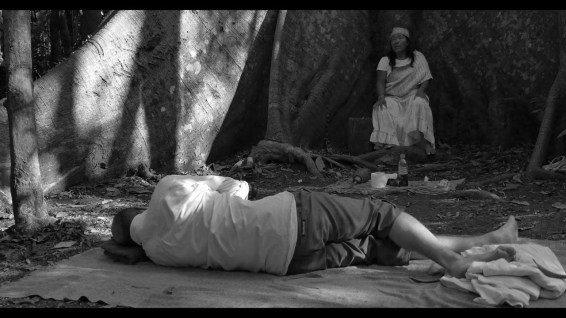 PARDES (Orchard), 2014
PARDES (Orchard), 2014
-
 Shrines - Freud / Jrmip/ Herzl, 2012
Shrines - Freud / Jrmip/ Herzl, 2012
-
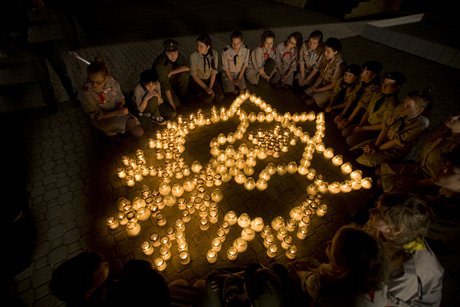 Zamach, 2011
Zamach, 2011
-
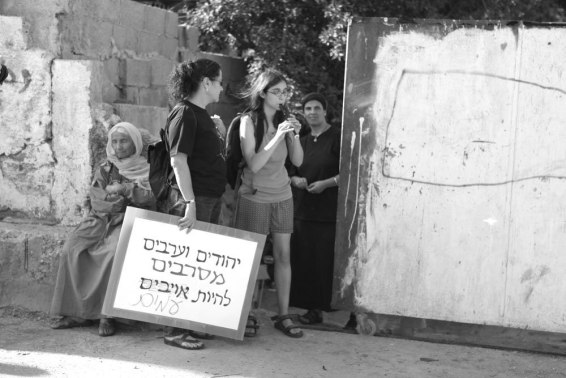 The Recorder Player from Sheikh Jarrah, 2011
The Recorder Player from Sheikh Jarrah, 2011
-
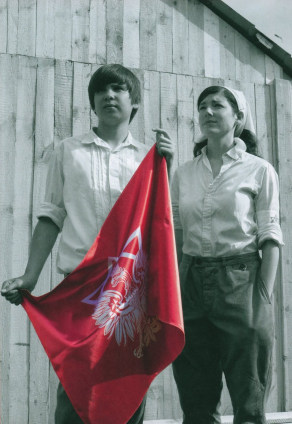 Pioneers of the Jewish Renaissance Movement in Poland (2), 2011
Pioneers of the Jewish Renaissance Movement in Poland (2), 2011
-
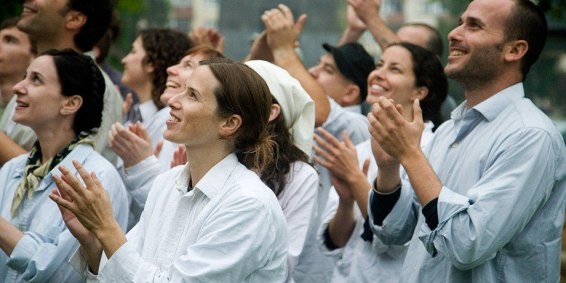 and Europe will be stunned, 2007-2011
and Europe will be stunned, 2007-2011
-
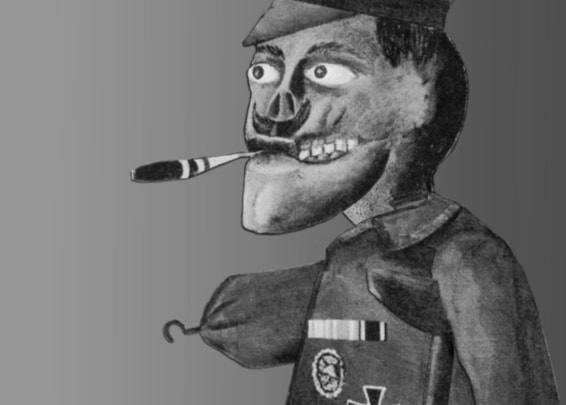 Entartete Kunst Lebt (Degenerate Art Lives), 2010
Entartete Kunst Lebt (Degenerate Art Lives), 2010
-
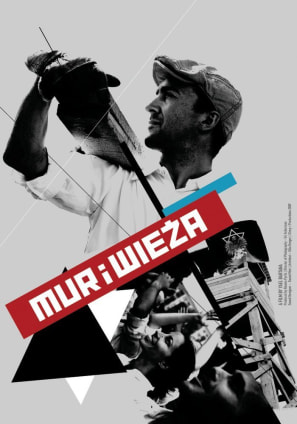 Mur i Wieza, 2010
Mur i Wieza, 2010
-
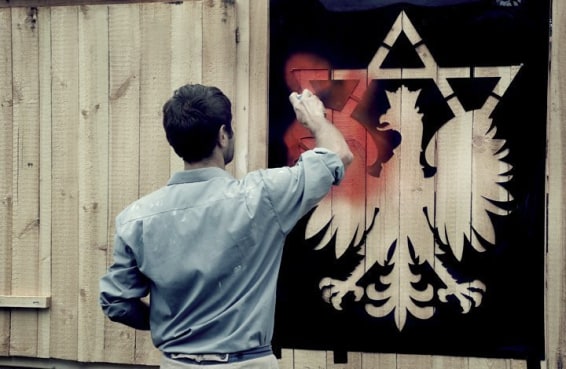 Mur i Wieża, 2009
Mur i Wieża, 2009
-
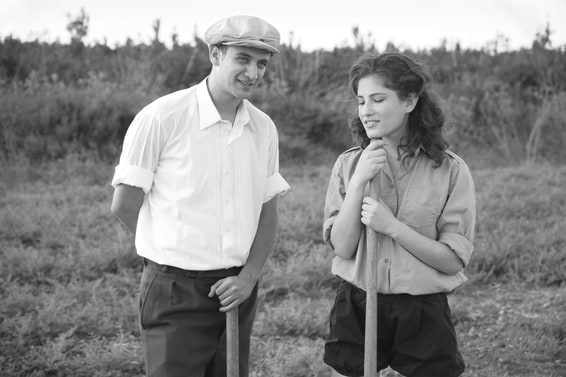 17. The Missing Negatives of the Sonnenfeld Collection, 2008
17. The Missing Negatives of the Sonnenfeld Collection, 2008
-
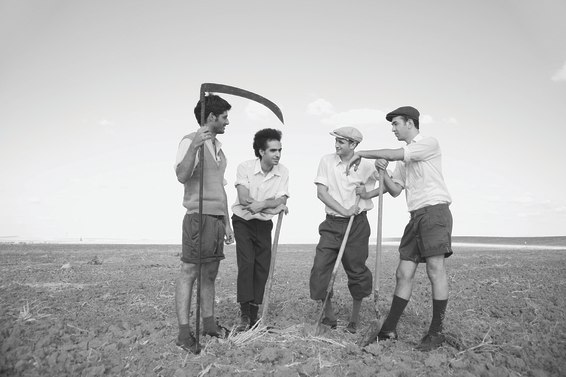 21. The Missing Negatives of the Sonnenfeld Collection, 2008
21. The Missing Negatives of the Sonnenfeld Collection, 2008
-
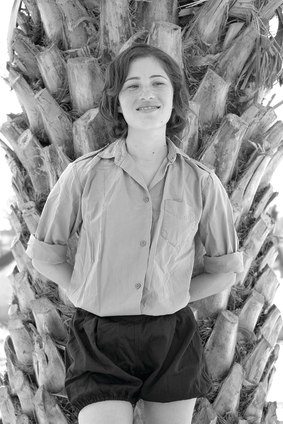 8. The Missing Negatives of the Sonnenfeld Collection, 2008
8. The Missing Negatives of the Sonnenfeld Collection, 2008

